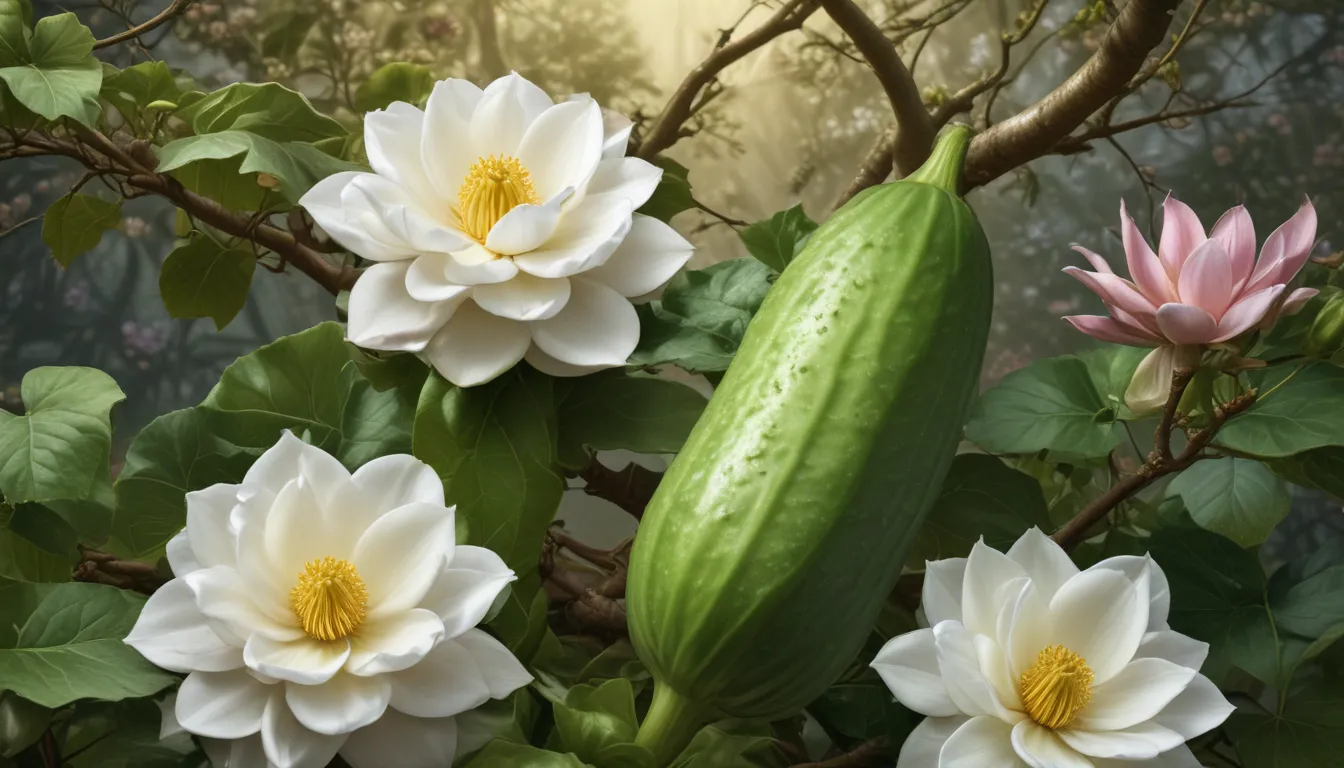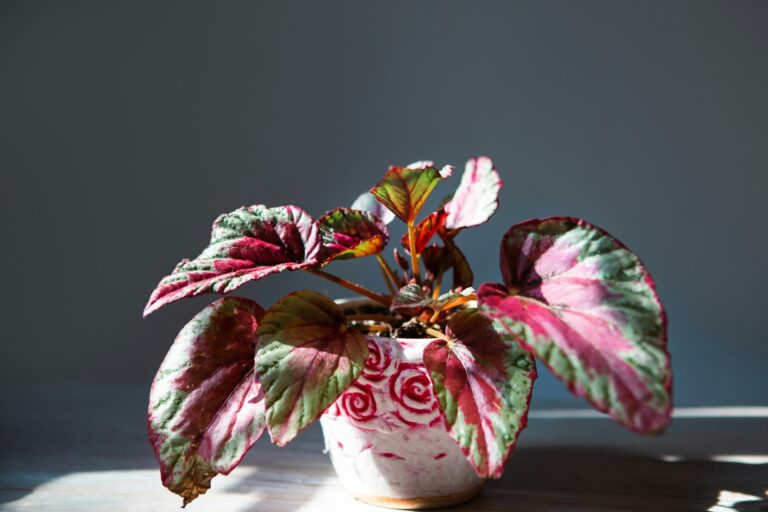The pictures we use in our articles might not show exactly what the words say. We choose these pictures to make you interested in reading more. The pictures work together with the words but don’t take their place. The words still tell you the important facts.
Are you ready to embark on a fascinating journey through the captivating realm of the Cucumber Magnolia tree? This remarkable species, scientifically known as Magnolia acuminata, graces the landscapes of Eastern North America with its elegant presence. From its historical significance to its ecological importance, this deciduous tree has a story as rich and diverse as the forests it inhabits. Join us as we uncover 10 intriguing facts about the Cucumber Magnolia tree, delving into its cultural heritage, unique characteristics, and vital role in supporting biodiversity.
Exploring the Cucumber Magnolia Tree: A Botanical Wonder
The Cucumber Magnolia tree, native to the eastern regions of North America, is a marvel of nature that deserves our admiration. Let's take a closer look at some of the key aspects that make this tree truly extraordinary:
- Native Habitat: The Cucumber Magnolia tree thrives in diverse woodland settings, ranging from Ontario and New York to Georgia and Alabama.
- Fruity Appearance: The tree's name is derived from the cucumber-like appearance of its fruits, which add a touch of whimsy to its elegant profile.
- Lemon-Scented Flowers: During the spring season, the tree bursts into bloom with fragrant, creamy white flowers that infuse the air with a refreshing lemony scent.
- Distinctive Bark: One of the tree's most striking features is its bark, which transitions from a greenish hue in youth to a deep gray in maturity, setting it apart from other species.
- Ornamental Beauty: Thanks to its vibrant blooms and aesthetic appeal, the Cucumber Magnolia tree is highly prized as an ornamental tree in landscaping and horticulture.
Embracing the Ecological Role of the Cucumber Magnolia Tree
Beyond its visual charm and fragrant blossoms, the Cucumber Magnolia tree plays a crucial role in supporting wildlife and enriching its natural habitat. Let's delve deeper into the ecological significance of this remarkable tree:
- Nutritious Fruits: The tree's fruits serve as a valuable food source for a variety of wildlife, including birds and small mammals, contributing to the biodiversity of its ecosystem.
- Forest Ecosystems: As a native species in Eastern North America, the Cucumber Magnolia tree plays a vital role in maintaining the balance of its forest ecosystems and supporting wildlife populations.
Unraveling the Cultural Tapestry of the Cucumber Magnolia Tree
The Cucumber Magnolia tree holds a special place in the hearts of indigenous communities and early settlers in North America, with its presence woven into folklore, traditional medicine, and historical narratives. Let's explore the cultural and historical significance of this tree:
- Traditional Medicine: Various parts of the tree, including the bark and roots, have been historically utilized in traditional medicine to address a range of ailments, showcasing its therapeutic properties.
- Conservation Efforts: Conservation initiatives are essential for preserving the ecological value and cultural significance of the Cucumber Magnolia tree, ensuring its continued existence for future generations.
Cultivating a Deeper Connection with Nature Through the Cucumber Magnolia Tree
By understanding and appreciating the fascinating facts about the Cucumber Magnolia tree, we can develop a deeper connection with nature and foster a sense of environmental stewardship. Whether you're a botanist, nature enthusiast, or gardener, this tree offers a wealth of beauty, history, and ecological value to explore and appreciate.
As you journey through the enchanting world of the Cucumber Magnolia tree, let its elegance and resilience inspire you to cherish and protect the natural wonders that surround us. Together, we can ensure that this botanical marvel continues to grace our landscapes and serve as a symbol of interconnectedness within the intricate web of nature.
Join the Conversation
Would you like to learn more about the fascinating world of the Cucumber Magnolia tree and its botanical significance? Share your thoughts, questions, and experiences with us as we continue to explore the captivating beauty of this remarkable tree together.
The Cucumber Magnolia tree invites us to embrace the wonders of the natural world and cultivate a deeper appreciation for the delicate balance of life that surrounds us. Let's celebrate this botanical treasure and its profound ecological and cultural significance as we journey through the enchanting landscapes of Eastern North America.






